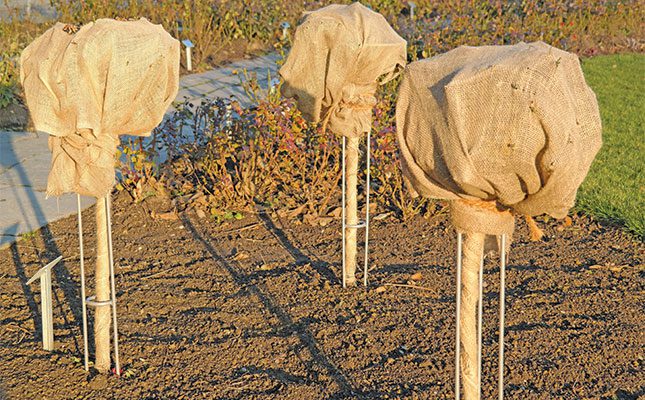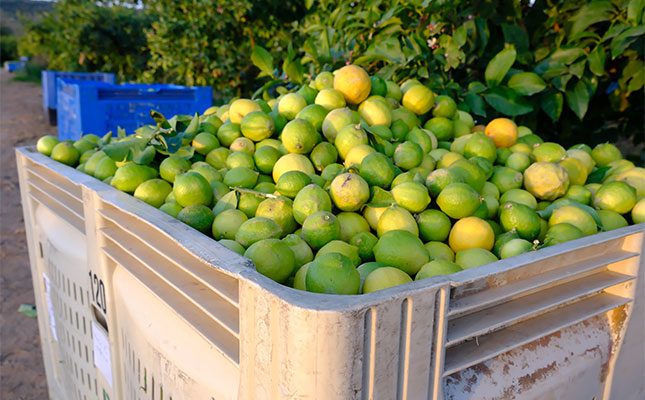
Photo: Pixabay
The leaves have turned and dropped, aloes have shot up their flower spikes, and the transition to winter can be felt in the air. As we head into June, gardens will need a few adjustments to help them thrive throughout the new season.
Watering and feeding
While one can continue watering, most trees, shrubs, and perennials only require a thorough watering every two to three weeks in winter.
Let the soil dry out between waterings, and always water in the morning to avoid the evening chill. Lawns should be watered at the same interval and mowed if needed. Reduce water for clivias now to encourage flowering.
Winter-flowering annuals will benefit from being fed every two weeks with a water-soluble fertiliser. You can also continue fertilising plants that remain active in winter, such as succulents, bulbs, and citrus trees.
Experts at the Lifestyle Garden Centre in Randburg, Johannesburg, recommend feeding bulbs fortnightly with liquid fertiliser or specialised bulb food, along with deep weekly watering.
They also recommend a general garden feed of organic 2:3:2 fertiliser for your beds.
Pruning and transplanting
Prune and shape your deciduous shrubs and trees once their leaves have dropped.
Keep winter annuals like pansies bushy and flowering by deadheading regularly, and cut back perennials like salvias.
It is still possible to transplant roses that aren’t thriving to better spots in your garden during June. Water them once a week to prevent bud drop, and remember to deadhead. You can also divide and replant daylilies in compost-enriched soil.
Plant protection
Frost-sensitive plants, including tropical varieties and some tender annuals, will need overnight protection in winter.
You can also make your own frost cloth by driving sticks into the ground around your plants and draping an old sheet loosely over to form a tent.
Secure the material on the ground with stones or bricks. Don’t tie it to the base
of the plants, as air and warmth must still circulate. Avoid plastic sheeting – it traps moisture and isn’t breathable.
Cover your plants in the late afternoon and remove the cloth early in the morning to prevent overheating.
Mulching is another key aspect of plant protection during winter. A thick layer of mulch insulates plant roots, retains moisture, and suppresses weeds. Just remember to keep the plant stems clear of mulch to prevent moisture build-up and allow airflow.
Add a splash of colour
Your winter garden doesn’t have to be drab. Brighten it up with hardy, cold-tolerant annuals like pansies, poppies, snapdragons, and petunias, either in pots on your patio or in sunny flower beds.
Hanging baskets with a combination of winter annuals are another cheerful possibility. For shadier spots, consider primulas, hellebores, and foxgloves.
You can also plant new rose bushes and camellia varieties that will flower in late winter and early spring.
And don’t forget the lilies. This is the season to plant them, but you must do so as soon as you bring them home, since the scales on the bulbs must remain moist.
Choose well-draining, compost-rich soil, mulch after the shoots emerge, and protect your lilies from frost.
If you live in a very cold area, rather delay planting until spring.













